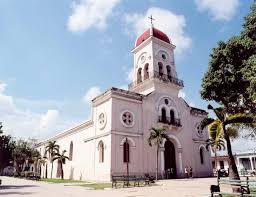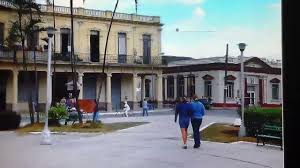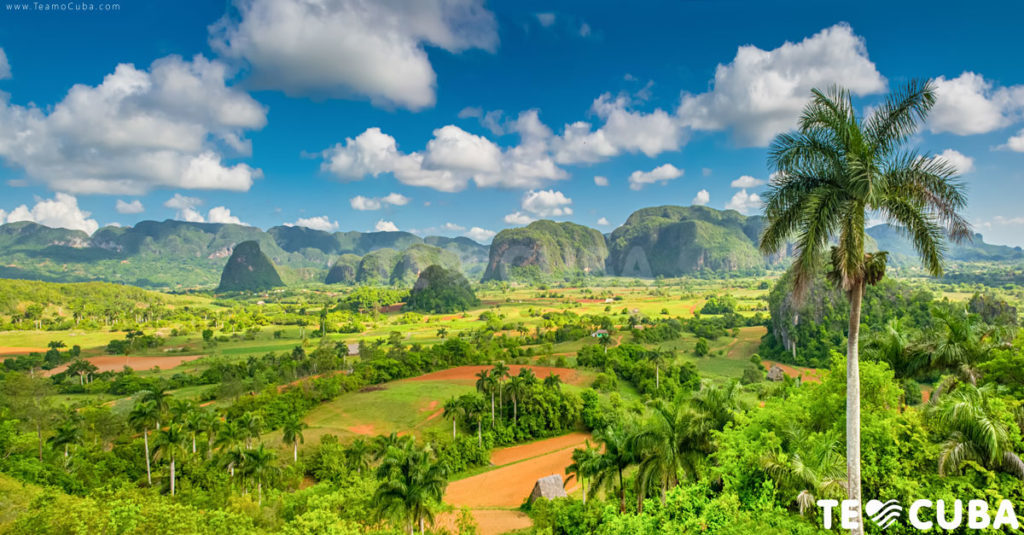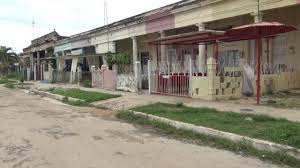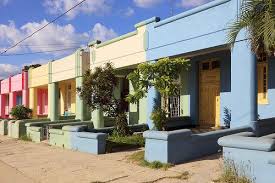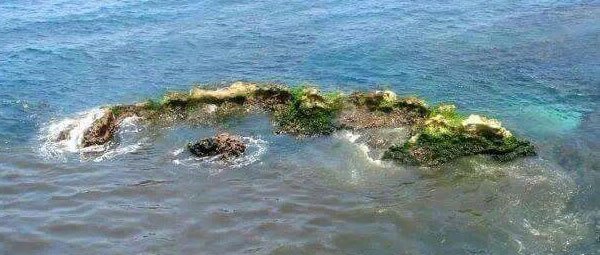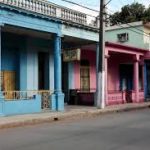
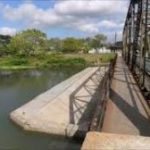
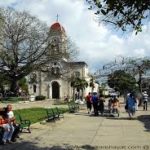 GÜINES, CUBA, FIRST CITY UNITED BY RAILWAY WITH HAVANA. GÜINEROS.
GÜINES, CUBA, FIRST CITY UNITED BY RAILWAY WITH HAVANA. GÜINEROS.
Güines is a municipality and town in the Mayabeque Province of Cuba. It is located 50 km (31 mi) southeast of Havana, next to the Mayabeque River. It is the most populated town, but not the capital, of its province.
HISTORY
The city was founded in 1737 by the Spanish. Prior to the arrival of the Spanish, what is now Güines was part of a region ruled by the Indian chief Habaguanex.
One of the earliest mentions of the word Güines is in 1598 when Don Diego de Rivera or Ribera was awarded a land grant for Los Güines Corral.
Güines can be considered one of the primary points of Cuba’s transformation into a sugar-producing slave society in the wake of the Haitian Revolution. Its demographics radically changed as a result. As the historian Ada Ferrer explains, “people classified as white had accounted for about three-quarters of the population in 1775” but “by the 1820s, they constituted less than 38 percent.”
In 1837, a railway was opened from Havana – the first in Cuba, and one of the earliest in the Americas.
GEOGRAPHY
The municipality is divided into the barrios of Catalina, Norte, Rural Primero, Rural Segundo, Rural Tercero, Rural Cuarto and Sur.
DEMOGRAPHICS
In 2004, the municipality of Güines had a population of 68,951. With a total area of 445 km2 (172 sq mi). It has a population density of 154.9/km2 (401/sq mi).
NOTABLE PEOPLE
Maria Cristina Fragas (1856-1936), writer; Julio Moreno (1921-1987), baseball player.
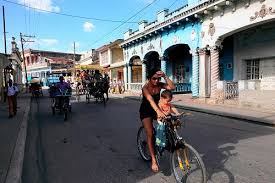 GÜINES, CUBA, PRIMERA CIUDAD UNIDA POR FERROCARRIL CON LA HABANA. GÜINEROS.
GÜINES, CUBA, PRIMERA CIUDAD UNIDA POR FERROCARRIL CON LA HABANA. GÜINEROS.
Güines es un municipio y localidad de la provincia de Mayabeque de Cuba. Se ubica a 50 km al sureste de La Habana, junto al río Mayabeque. Es el pueblo más poblado, pero no la capital, de su provincia.
HISTORIA
La ciudad fue fundada en 1737 por los españoles. Antes de la llegada de los españoles, lo que hoy es Güines era parte de una región gobernada por el cacique indio Habaguanex.
Una de las primeras menciones de la palabra Güines es en 1598 cuando Don Diego de Rivera o Ribera recibió una merced de tierra para Los Güines Corral.
Güines puede considerarse uno de los puntos principales de la transformación de Cuba en una sociedad esclavista productora de azúcar a raíz de la Revolución Haitiana. Su demografía cambió radicalmente como resultado. Como explica la historiadora Ada Ferrer, “las personas clasificadas como blancas representaban alrededor de las tres cuartas partes de la población en 1775”, pero “en la década de 1820, constituían menos del 38 por ciento”.
En 1837, se abrió un ferrocarril desde La Habana, el primero en Cuba y uno de los primeros en América.
GEOGRAFÍA
El municipio se divide en los barrios de Catalina, Norte, Rural Primero, Rural Segundo, Rural Tercero, Rural Cuarto y Sur.
DEMOGRAFÍA
En 2004, el municipio de Güines tenía una población de 68.951. Con una superficie total de 445 km2 (172 millas cuadradas). Tiene una densidad de población de 154,9 / km2 (401 / sq mi).
GENTE NOTABLE
Maria Cristina Fragas (1856-1936), escritora; Julio Moreno (1921-1987), beisbolista.
Agencies/ Wiki/ Internet Photos/ Arnoldo Varona/ www.TheCubanHistory.com
THE CUBAN HISTORY, HOLLYWOOD.



 GÜINES, Cuba, First City United by Railway with Havana. Güineros. * GÜINES, Cuba, Primera Ciudad Unida con la Habana por Ferrocarril. Güineros. PHOTOS.
GÜINES, Cuba, First City United by Railway with Havana. Güineros. * GÜINES, Cuba, Primera Ciudad Unida con la Habana por Ferrocarril. Güineros. PHOTOS.